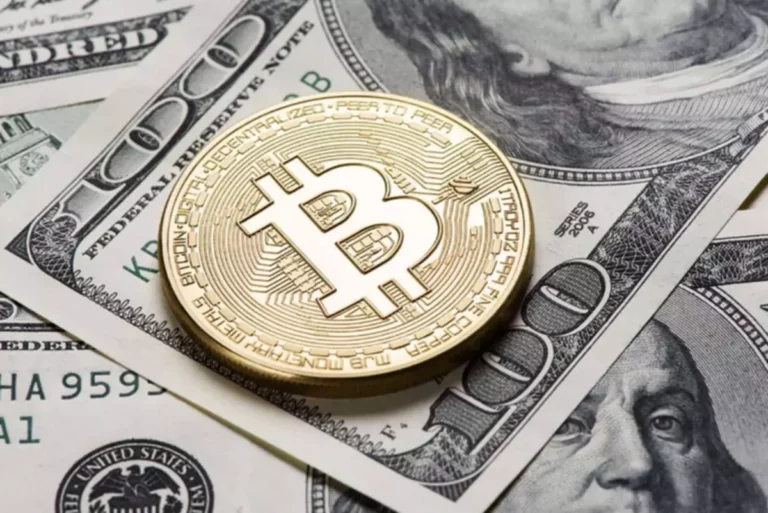Elliptic AML allows users to configure risk rules based on personal appetites for risk. If you consider gaming high-risk, you can set your rules accordingly, and our tool will do the work for you. Elliptic AML monitors crypto transactions from addresses labeled as gaming sites, scores, & flags them alerting you with a rank based on your risk rule configuration. On Aug. https://www.xcritical.com/ 2, 2022, DFS announced a $30 million settlement with the crypto trading division of Robinhood in connection with AML and cybersecurity compliance shortcomings. In addition, although DFS has not publicly announced any AML-related enforcement actions against Coinbase, in February 2022 Coinbase publicly reported a DFS investigation into the exchange’s AML practices.

This is a highly dynamic area and new laws and regulations are a fact of life in this area. Criminals can exploit loopholes and weaknesses in cryptocurrency ATM management to get around bitcoin money laundering risks. The seventh cryptocurrency money laundering method involves using local stores. It’s possible to find private vendors that wish to sell cryptocurrencies for a small fee on the internet. Several sites on the Internet offer to match individuals willing to buy or sell Bitcoins in person.
Bitcoin Cash
Some sellers prefer cash as payment while others may allow various payment forms such as online payment service, bank or money services businesses-transfers, or others. The rise of blockchain technology has facilitated the spread of cryptocurrencies and other types of crypto assets. Secured by cryptographic algorithms and circulated without any need for a central bank authority, cryptocurrencies have disrupted traditional financial systems and are traded widely on exchange platforms in jurisdictions all over the world.
In the future, governments will have to stipulate that these kinds of requirements are obligatory in order for financial institutions and cryptoasset businesses to operate. Due to increasingly stringent security measures adopted by crypto businesses, regulators, and financial institutions, illicit transactions now only make up a very small percentage of overall transactions. For example, today, less than 1% of all Bitcoin transactions involve illicit activity, compared to 35% in 2012. There are a plethora of companies, such as Elliptic, that are efficient at assisting financial institutions and companies involved in the field of cryptocurrencies.
Preventing Money Laundering in cryptocurrency
These tools can also be used to deploy risk-based programs curated to the personal requirements of the businesses involved in these streams. Some blockchain technologies employ automated AML fraud detection that is designed to flag the transactions that seem suspicious. Joining hands with these organizations helps in securing the routes and discovering illicit transactions that take place.

Only 96 are worth more than $1 billion and only 17 individually are worth $10 billion or more. The Rogue 100 are extremely active traders and have a huge impact on the cryptocurrency ecosystem. They’ve received steadily increasing amounts of cryptocurrency each month since late 2017, but their activity skyrocketed this year.
Regulator Responses to Existing AML Risks
In the Anti-Money Laundering Act of 2020, Congress made explicit that businesses that exchange or transmit virtual currencies qualify as regulated entities. A review of recent enforcement actions, as well as regulators’ statements and formal guidance, sharpen the focus of regulatory intent in the cryptocurrency industry. In addition, the growing number of methods and technologies developed to conduct KYC and transaction monitoring help clarify and expand best practices for participants in the industry.

They received more than $3 billion worth of Bitcoin over the course of 2019, and many of them played a substantial role in the PlusToken scam we’ve discussed previously. Overall, the funds the Rogue 100 receive can account for as much as 1% of all Bitcoin activity in a given month. 70 of the OTC brokers in the Rogue 100 are in the group of Huobi accounts receiving Bitcoin from illicit sources. 32 of them are in the group of 810 accounts receiving the most illicit Bitcoin, and 20 of them received $1 million or more worth of illicit Bitcoin in 2019.
Industry Insight
Along with Civic Pass, the company has also released Civic.me, a platform that lets users manage their online identity, NFTs, wallet addresses, and reputation from one place on the blockchain. Like a bank or stock exchange, though not fully regulated yet, US-based exchanges like Coinbase, Binance.US, Gemini, and Kraken use “Identity Verification” to comply with KYC regulations. Proponents of KYC policies emphasize the need to protect consumers from identity theft and combat money laundering and fraud. Know-your-customer policies in the United States were first introduced in the 1990s to fight money laundering. KYC can range from requiring a name and email address, up to and including an address and photo identification.

An advanced blockchain analytics solution is necessary for law enforcement and security agencies to fight criminals and terrorists who launder money and stop crypto crime. In June 2019, FATF published a guidance requiring virtual asset service providers (VASPs) to provide identification information during virtual currency transactions. Many of the laws being used to prosecute cryptocurrency crime are laws that currently exist such as mail fraud, securities fraud, and computer intrusion. Two areas of concern raised by the Justice Department Framework were the increasing use of untraceable cryptocurrencies and efforts to obscure transactions such as mixing and tumbling.
D. State regulators
Different tools and services can help provide different ways to verify the identity of people making cryptocurrency transactions. Automated monitoring of transactions can https://www.xcritical.com/blog/aml-crypto-how-do-aml-regulations-apply-to-exchanges/ help identify suspicious patterns that may require a check to ensure AML compliance. Cryptocurrencies can be purchased with cash (fiat) or other types of crypto (altcoin).
- The repeated exchanges of one type of cryptocurrency for another can slowly clean the bitcoin, which criminals can eventually withdraw to an external wallet.
- Cryptocurrencies’ status as a mainstream medium of value exchange in the digital era is gradually changing.
- Comparing these chains with each other will help us in identifying the presence of any kind of anomalies.
- In 1996, FinCEN issued new rules requiring all US financial institutions to pass on certain identification information to the next financial institution as part of certain funds transactions.
- Criminals laundered $8.6bn (£6.4bn) of cryptocurrency in 2021, up by 30% from the previous year, a report by blockchain data company Chainalysis says.
- The provision of viable and efficient solutions like crypto-asset risk management and AML compliance effectively detect anomalies taking place over the transactions.
- In addition, although DFS has not publicly announced any AML-related enforcement actions against Coinbase, in February 2022 Coinbase publicly reported a DFS investigation into the exchange’s AML practices.
